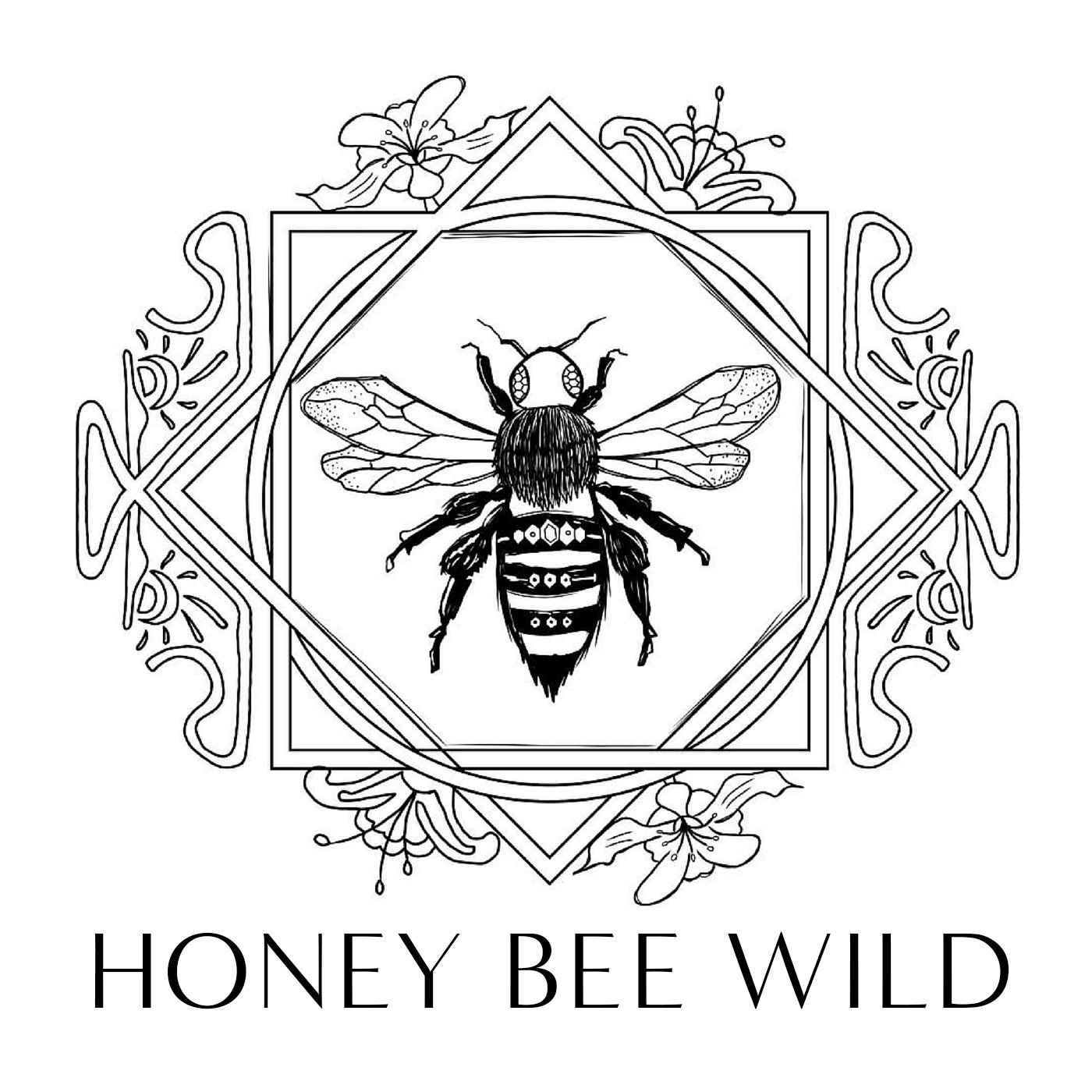Loving the Land As It Is
California has always been hot and dry, but not this dry. There have always been fires, but not this many, not this big.
When I look at the land I feel parched. I feel an aversion to this field where my bees reside. I don’t want to be in it. There are too many stickers and burrs. I love this field in the winter and spring when it turns soft and green. In my mind, there’s a voice that thinks the soft green field is “right”, and the dry parched field is “wrong”.
Intellectually, I am aware that nothing in nature can be be broken down to such binary statements, but there is also an animal body in me, sniffing the air, and feeling the cracked earth beneath my shoes.
“Move away from it”, says the animal. Find shelter, water, shade. “You don’t know how to feel safe here.”
Psychology tells us to love the wounded parts of ourselves. Can we do the same with this earth? What does it feel like to extend love toward the brittle, dry field? How do we do this authentically, without falling into the trappings of “love and light” spiritual bypass. Can you love the rattlesnake while listening to its warning?
I am in love with this green earth, but often when imagining my love for nature I picture rich valleys, vernal springs, shaded woodlands. I don’t live near any of those environments. I live in dry dry dry California. How do we let ourselves love exactly where we are? It’s almost as hard as learning to love exactly WHO you are, scars and all.
What if, even knowing the imbalance this dry field represents, I gave it an offering of my love. Not a prayer to be different or verdant or “fixed”. To love it for everything it is in this time of profound environmental turbulence.
This is where to work is. Not just forest bathing trips, and meditations by a crystal spring, but a raw, uncomfortable commitment to place. Like a long marriage, with its pitfalls and its grace, can we choose again and again to love the land, even in our animal grief for what it’s become?


